The 8 Most Useful Tools You'll Need for Home DIY
18 September 2018
Have you been dying to complete some DIY jobs at home? Whether it’s putting up a shelf or changing a door handle, there's always something that needs doing. Have you ever thought: "couldn’t I just do this myself?"
The answer is, yes you can! While a tradesperson should be called in for bigger jobs such as laying new carpet, installing an electric socket or fixing your plumbing, as a homeowner there are still plenty of jobs at home that you can tackle yourself, saving you a significant sum of money in the long run.
So if you haven't already, it’s time to start your very own toolkit collection, allowing you to get stuck into those home improvements that have been bugging you for ages. Not sure where to start? Have a read below and discover the must-have tools for all your DIY projects at home.
1. Drill
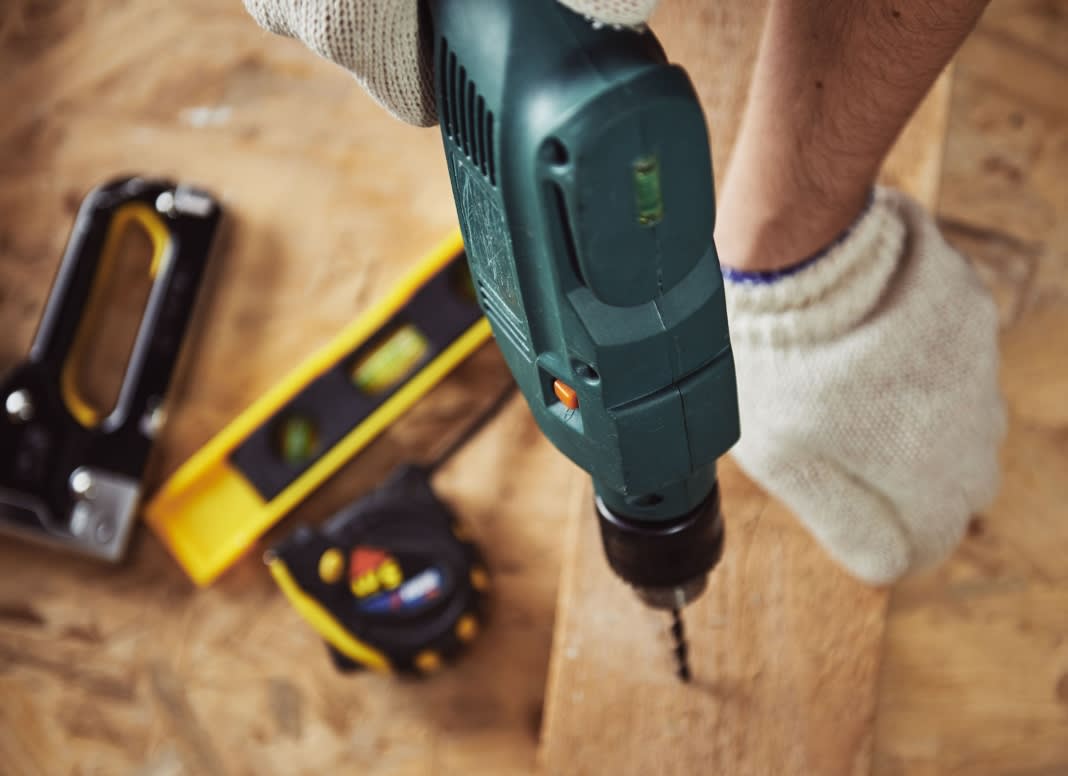
Whether you need to drill new holes in a wall to hang a picture, put up a bookcase or tighten loose screws, a power drill is one of the most essential tools you can own. Our Black & Decker 2 Gear Hammer Drill is not only reliable but also cordless with a Lithium ion battery for recharging. This means that you can use it to get into tighter spaces and even assemble flat pack furniture.
2. Hammer
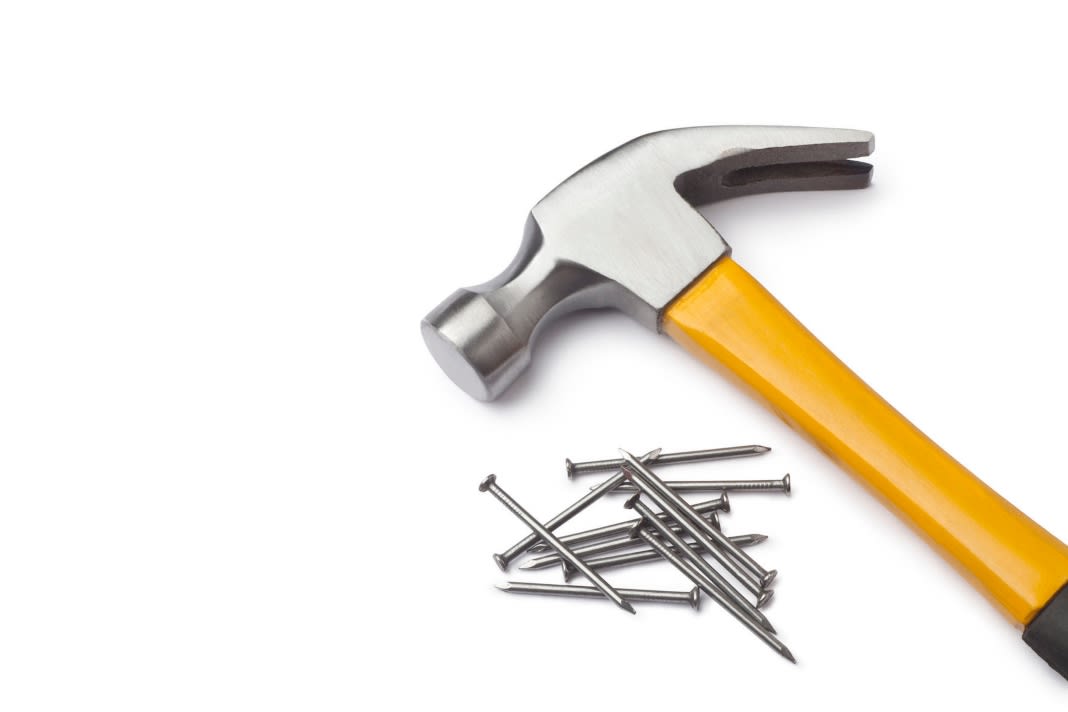
It might not seem essential at first, but actually a hammer comes in very handy for jobs around the home. They include hammering nails in tightly, prying out old nails with the claw end of the hammer, breaking up plaster or making sure awkward wooden joints are fastened. Our Stanley Fibreglass Claw Hammer is a standard 16oz weight and will be perfectly suitable for household projects.
3. Hacksaw

If you happen to be making your own shelves or need to work with wood or metal around your home, chances are that a hacksaw will come in handy. Cut down larger objects to the perfect size using our Rolson Heavy Duty Hacksaw 300mm, ideal if you start getting a bit more hands-on with your DIY jobs at home.
4. Sandpaper

As above, if you happen to be working with wood or you have a wooden fitting that is slightly too big for its intended area, sandpaper will come in very handy. Better yet, why not use our Silverline Multi Tool 300W? It can sand, cut and grind using a number of useful attachments, coming in super handy if you have a number of very different projects to complete and don’t want to buy too many different tools.
5. Screwdriver
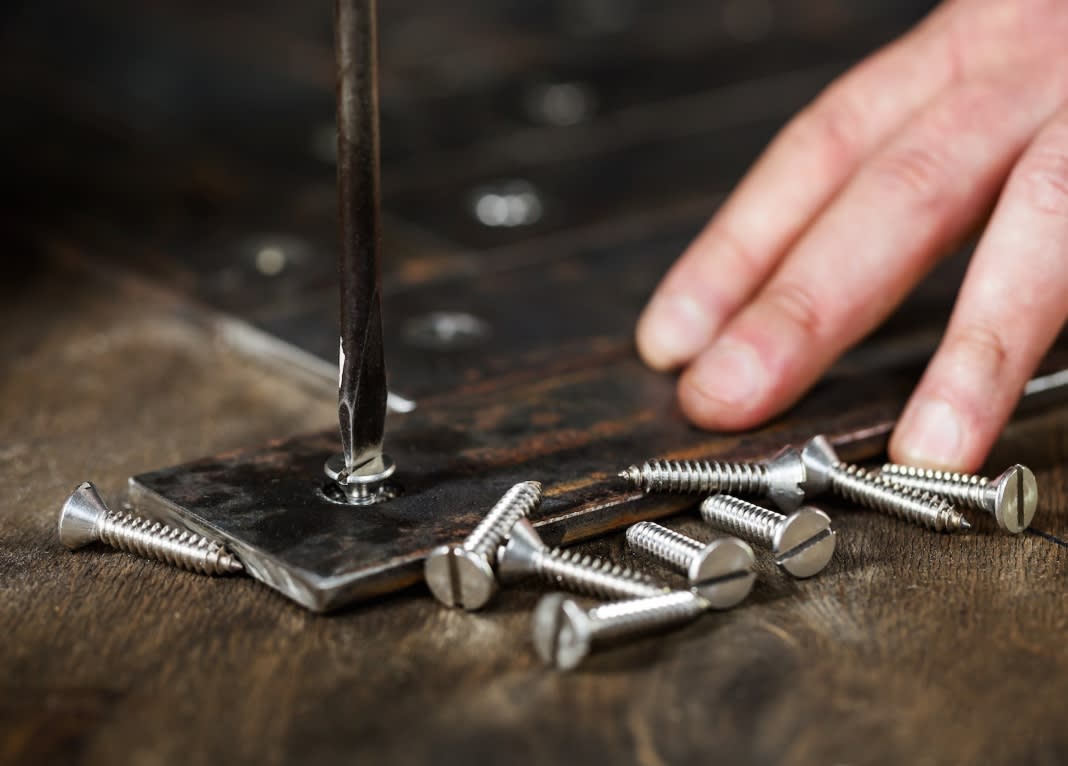
Despite having a power drill that is adaptable for different uses, sometimes you just need a screwdriver to get the job done. Our Stanley Screwdriver Set & Bag contains 48 individual pieces meaning that no matter the size or type of screw, you can easily find the right attachment to suit. Comes in particularly useful when constructing tricky flat pack furniture.
6. Tape Measure

In some ways, a tape measure is the most important tool you can have at home, despite not actually helping complete the job itself in the same way a screwdriver or hammer would. A tape measure will help you find out the dimensions of a room if you plan to add new furniture, measure the size of a door frame and many other crucial tasks before you even start on the job at hand. Our Stanley Tape Measure will do just the trick.
B&M Top Tip: Remember the old phrase: “measure twice, cut once”? It means always be sure of your measurements before you start cutting (or buying) anything!
7. Spirit Level
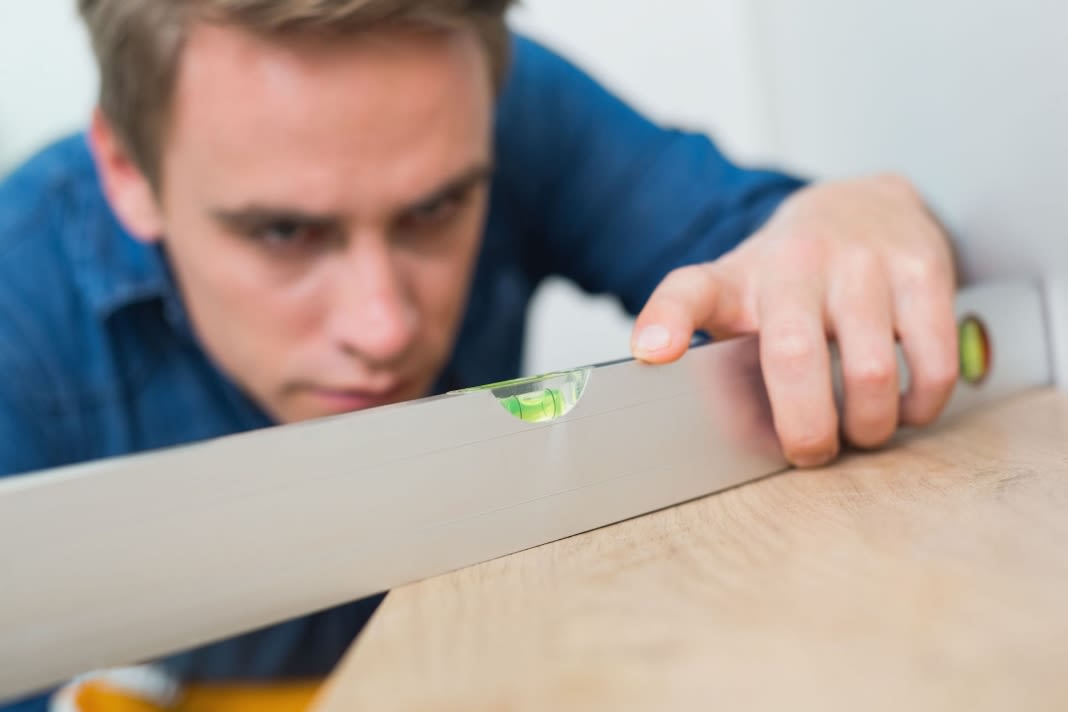
Another essential tool that you will need for measurement is a spirit level, which will come in really handy for jobs such as picture hanging or putting up shelves. It might not be a tool you need for every job, but it will certainly ensure that any horizontal surfaces are exactly straight, which would be almost impossible otherwise.
8. Toolbox
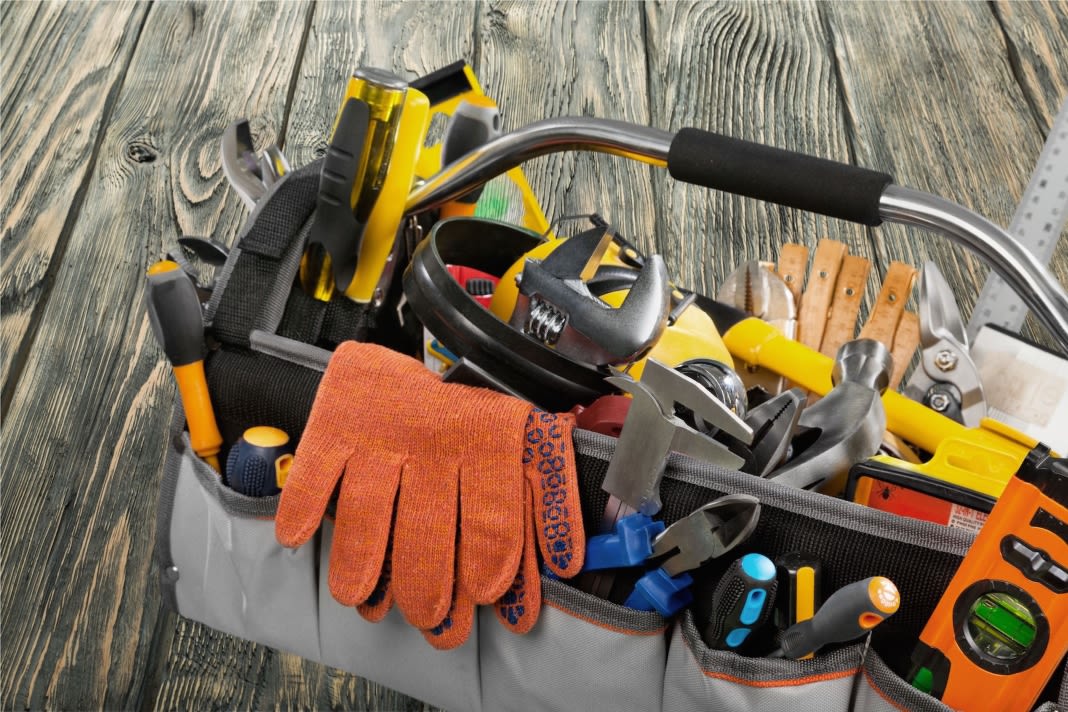
Last but not least, you will need a toolbox to put all of the above items inside in between jobs. Depending on how many tools you have, you may want to consider one of the following:
- Kingmann Toolbox 22”
- Stanley Toolbox 20”
- Stanley Metal Latch Toolbox
The slight size differences will help decide on which toolbox is appropriate for the amount you already have. Ultimately you need a storage option that will keep your tools safe and dry so they do not degrade while you aren’t using them. A heavy duty option is also handy in case you start on some more advanced DIY projects around your home.
Have you just completed your first DIY project at home? Remember to share all your best before and after pictures over on Facebook, Twitter or Instagram for everyone to see!



